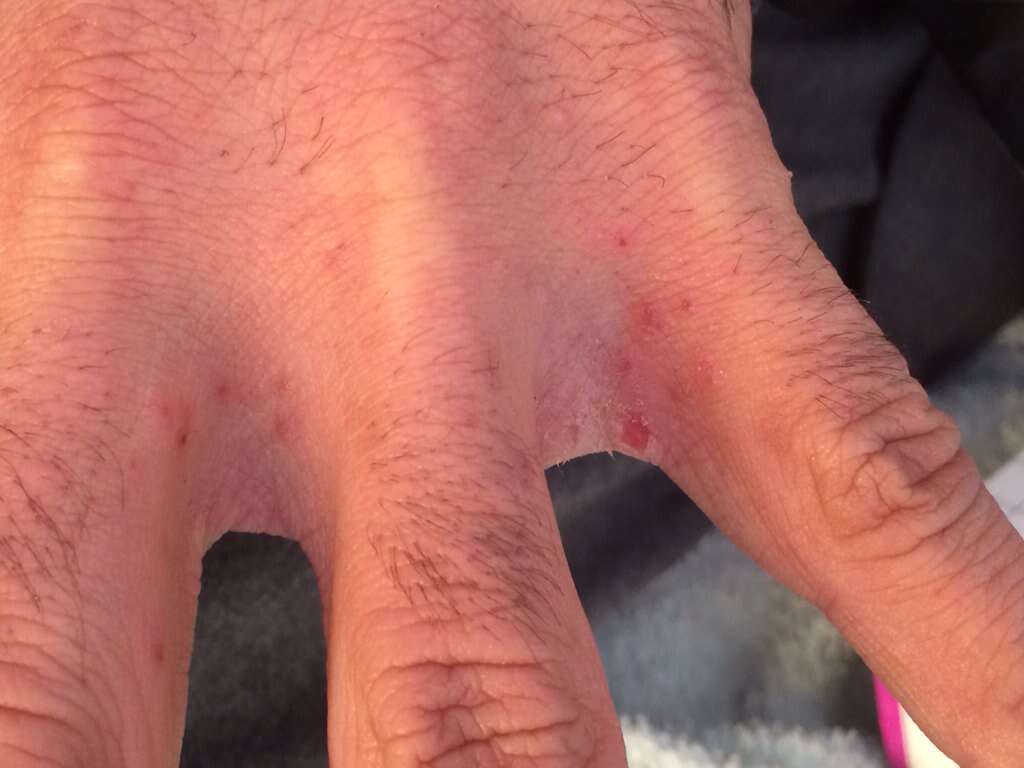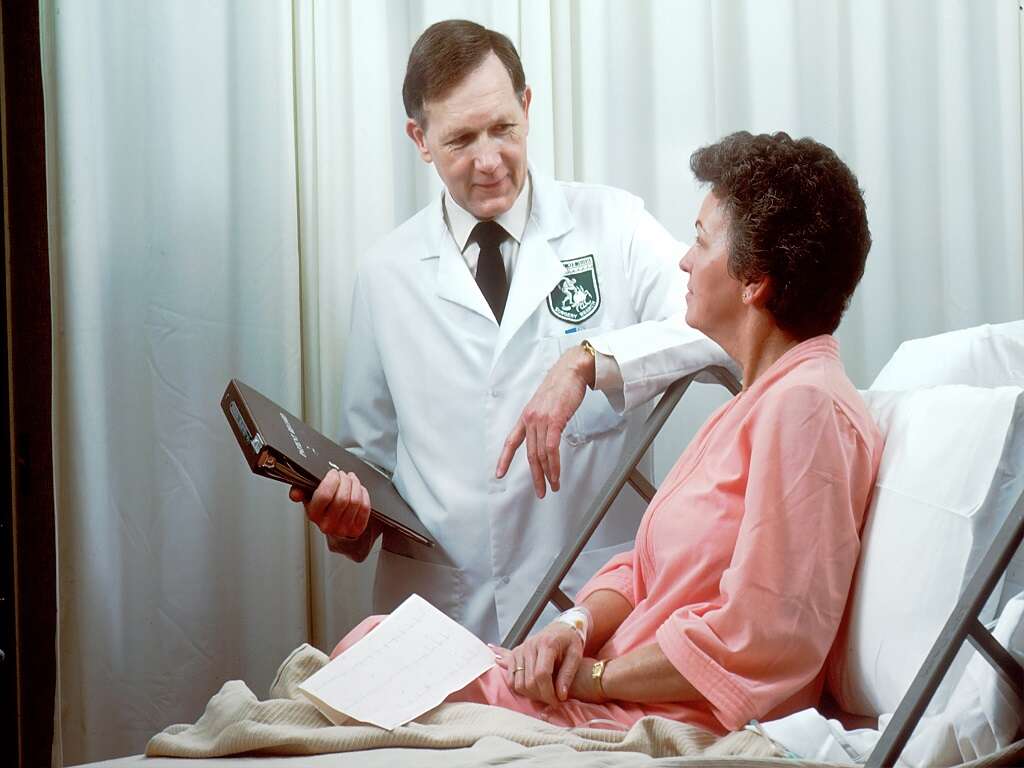What Is Scabies?
There are many species of mites. Many species are parasitic, and we are most likely to encounter them when they infest our pets. They are unlikely to cause your pets any real harm, but they should still be treated as soon as you find them. There are also species of mite that can infest people.
Most of the mites that can infest people will live in our hair. One species, however, will live just beneath the surface of our skin, causing a condition known as scabies. Scabies is not usually harmful, although it can be very uncomfortable. It will progress to something more serious in a small number of cases, although such an infestation is treatable.

1. Scabies
One type of parasite infestation that can affect people is scabies. It is caused by a type of mite that burrows under the skin, and this burrowing can cause intense itchiness. It can be extremely difficult to resist scratching the skin, and this can result in further problems arising.
Although scabies can be very uncomfortable, it is still unlikely to cause any serious health problems. It is, however, very contagious and a single case can easily result in an outbreak, especially in environments where people stay close together. The infestation is treatable, and treatment is recommended to help prevent complications arising.
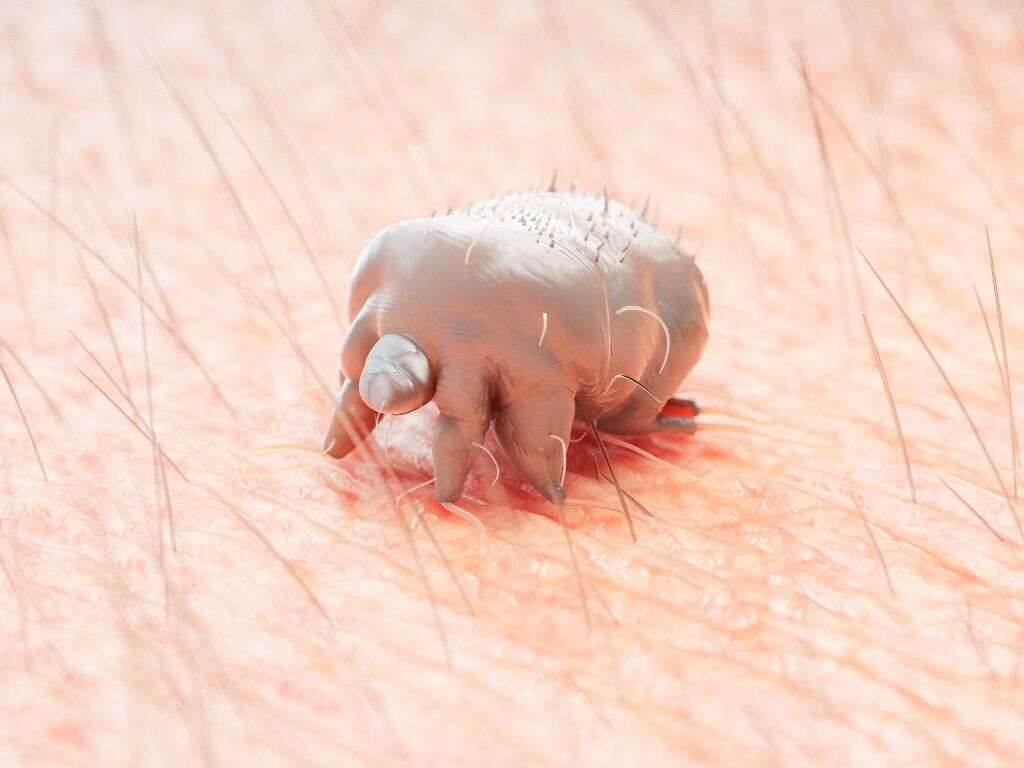
2. Causes
Scabies is caused by an infestation of a tiny mite known as sarcoptes scabiei. They are so small that they are barely visible with the naked eye, but their presence is still likely to be made very clear. The mites take up residence in the upper layers of our skin, and they will burrow through our skin from one place to another.
The body’s reaction to this burrowing is what causes the often unbearable itchiness. What’s more is that the females will lay eggs in the skin and, when these hatch, the young will spread out to other parts of the body. Humans can also have reactions to the mites of other animals, but the mite is unlikely to remain for long.
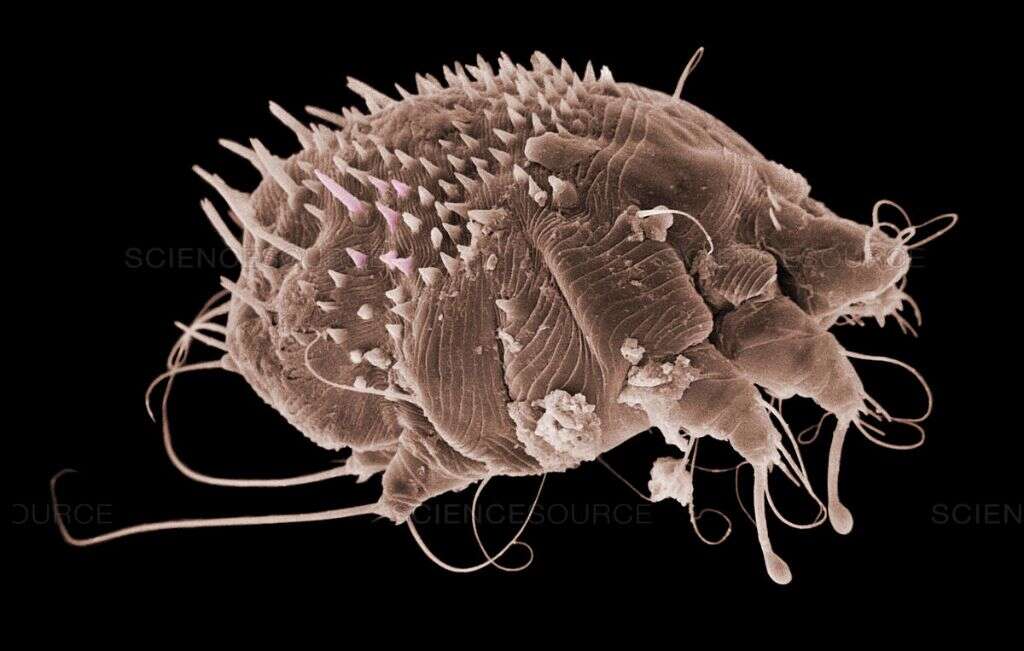
3. Itchiness
As mentioned, the main symptom of scabies is itchiness, and it can be extremely difficult to resist scratching. This is especially the case where young children are concerned. The itching can also be located pretty much anywhere on the body, and also in different locations.
The mites that cause scabies are nocturnal, meaning they are more active at night time. This, in turn, means that the itchiness will get a lot worse once the sun has gone down. It does also mean that the patient will receive some respite during the daytime, however, when there is likely to be much less itchiness.

4. Burrowing Tracks
As mentioned, the mites will burrow just beneath the surface of the skin. Where they have been burrowing is often visible as they will leave tracks. These tend to be slightly raised from the surface, and tend to be the same color as the patient’s skin. These burrows are also likely to be found in particular areas.
The preferred place for these burrows is around the waistline, on breasts or genitals, and between the fingers. The folds of joints are another popular place. In addition to burrows, the patient can also develop a rash that looks like pimples. Blisters can also appear, and the skin can become scaly.
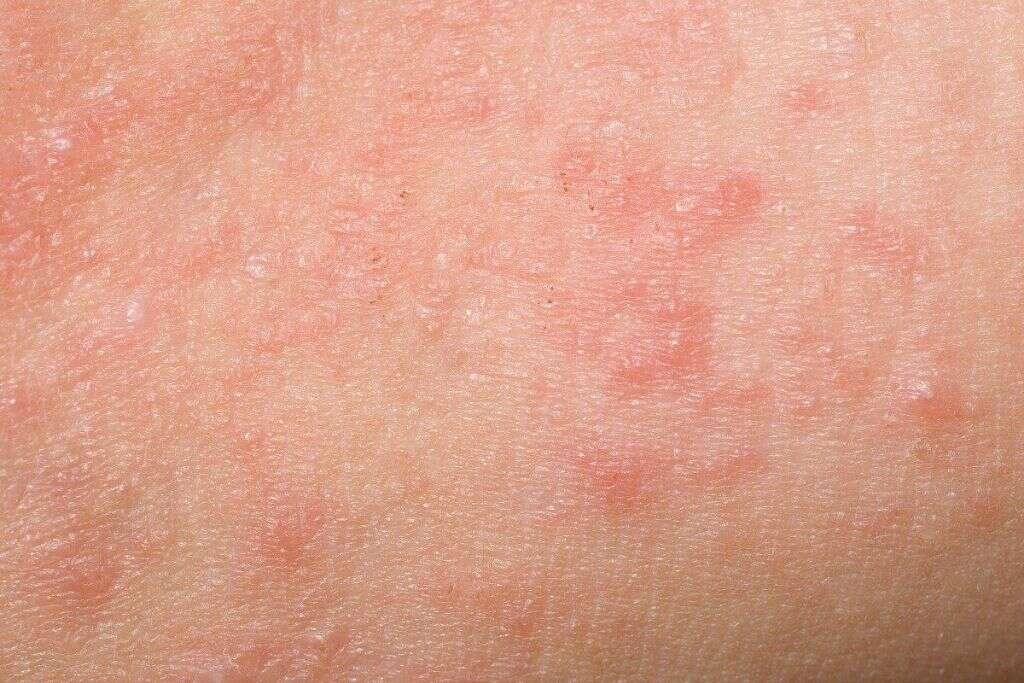
5. Scabies In Children
Young children can also get scabies. Indeed, infestations are common in children because they tend to stay closer together in groups, making it easier for the mites to spread from person to person. When young children are infested, the mites are likely to be found in certain areas.
In children, the mites will often be found around the head and neck area. The soles of the feet are other preferred spots for the mites, as are the palms of the hands. Regardless of the nature of the symptoms, scabies can be very unpleasant for young children so you should try and get help for them as soon as possible.
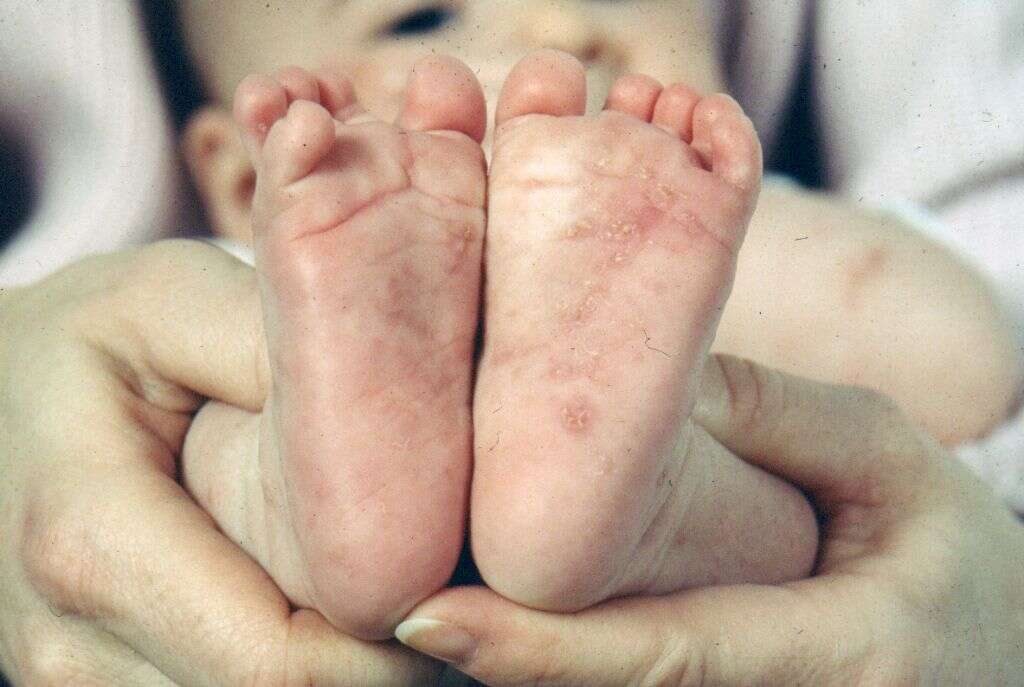
6. Infections
It can be incredibly difficult even for adults with scabies to resist scratching at their skin. While this might help to soothe the symptom temporarily, it can result even more problems. One of these is that the skin can be broken by fingernails as they are dragged over the skin time and time again.
Nails tend to be places that harbor a lot of bacteria, while there can also be bacteria on the patient’s skin. If the skin is broken, then it will create a place for the bacteria to enter, and this can result in an infection. If an infection does occur, the patient should arrange to see their doctor to have it treated.

7. Crusted Scabies
In some cases, a scabies infestation can go on to be considerably more severe, in what is known as crusted scabies. The condition is also known as Norwegian scabies. In most scabies infestations, there will usually only be up to 15 or so mites present. In cases of crusted scabies, however, the patient might be infested with millions of the mites.
Crusted scabies usually only occurs in people that have a weakened immune system. In addition to extreme itchiness, crusted scabies will also cause thick crusts to form on parts of the patient’s body. It can affect large parts of the body, and it can also be very difficult to treat.
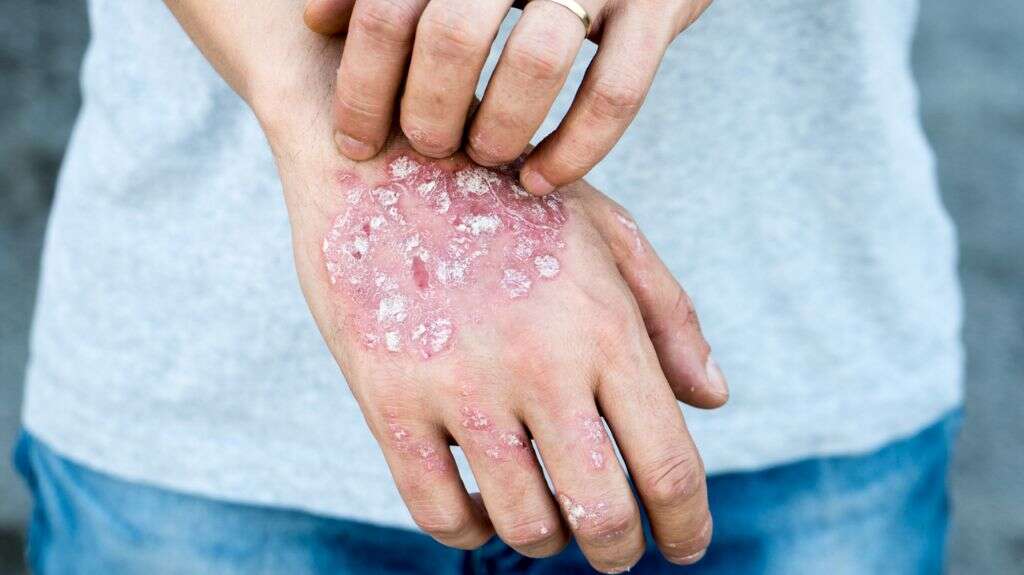
8. Prevention
Scabies is very contagious, making it difficult to prevent. However, there are some ways that we can help to prevent the spread of the mites. This includes avoiding skin to skin contact with other people. Wearing loose clothing can help to prevent an infestation even when coming into contact with an infected person.
It is often thought that scabies is a result of poor hygiene, but this is simply not the case. The mites have no preference when it comes to hygiene. However, it is important to thoroughly clean your house after an infestation to help prevent an infestation occurring again.

9. Diagnosis
The burrows and other visual symptoms of scabies are often enough for a doctor to be able to make a diagnosis. They will also likely want to ask you questions about your symptoms, such as whether or not the itchiness is worse at night. Some doctors might still want to request tests so they can be certain.
Tests to confirm scabies typically involve taking a scraping of the skin where a burrow is location. These scrapings can then be sent to a laboratory where experts can look for signs of the mites, and/or their eggs. Finding these will enable the doctor to confirm the diagnosis.
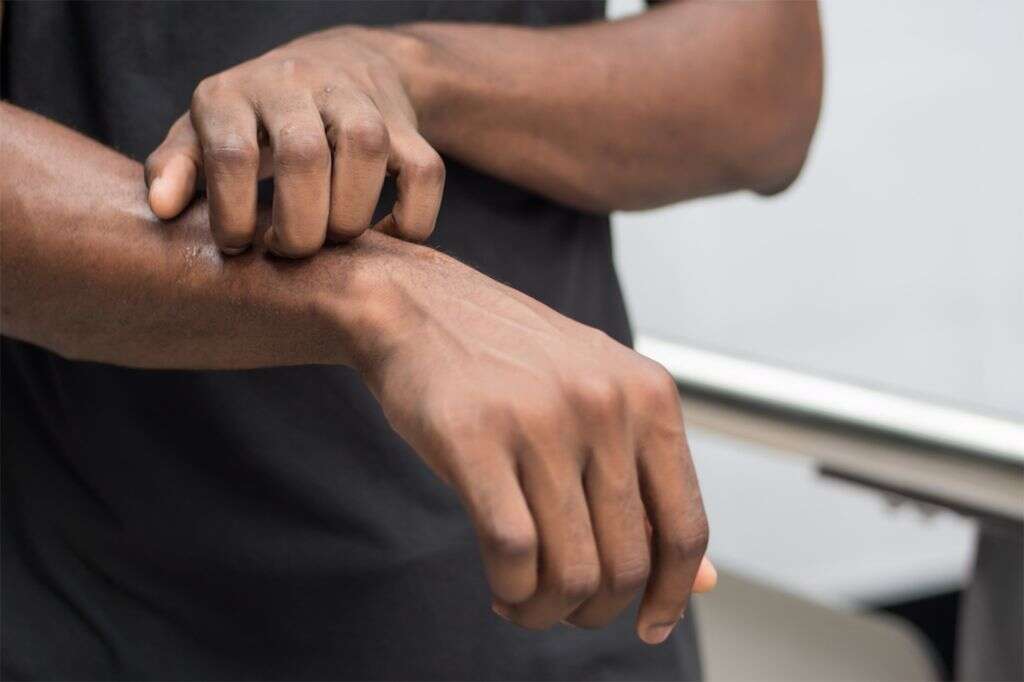
10. Treatment
Different medications are available to treat scabies, and some don’t require a prescription from a doctor. These tend to be lotions or creams, while there are also some oral medications available. When applying lotions and creams, it will usually be necessary to cover your entire body in the cream.
Although the medication tends to be fairly quick acting, the patient might still be itchy for weeks after the mites are gone. It is also important to take steps to ensure mites are not able to cause another infestation. The house should be thoroughly cleaned and clothing and bedding left in sealed bags for days.




